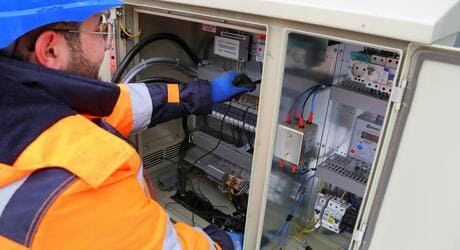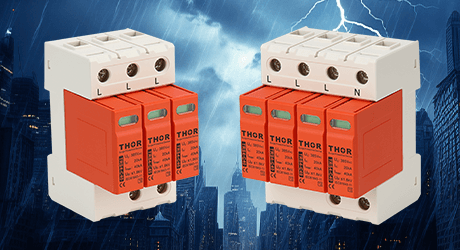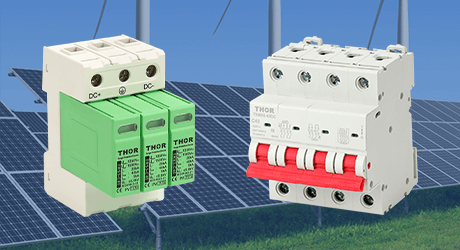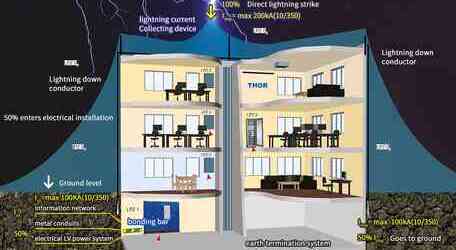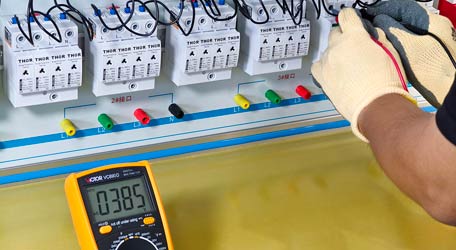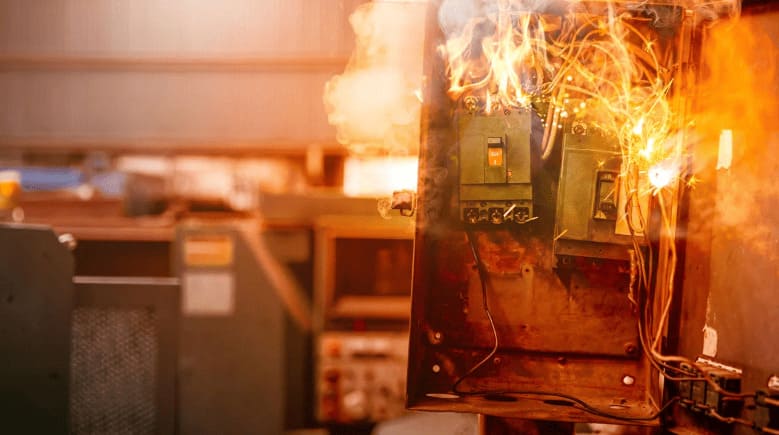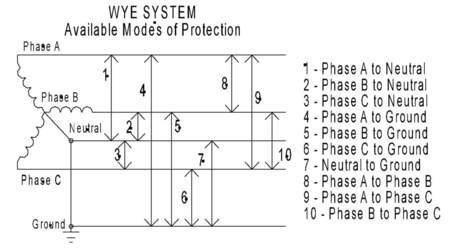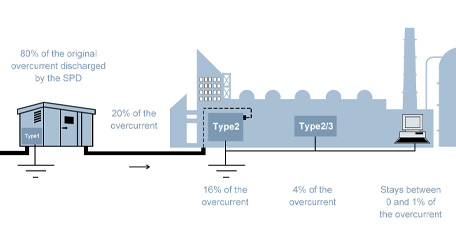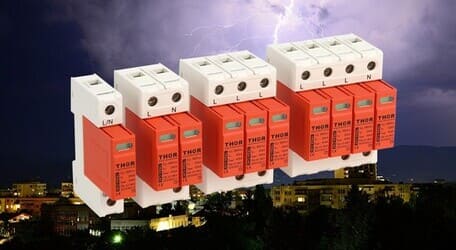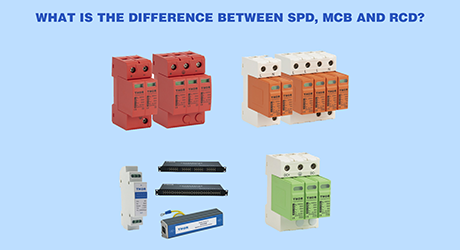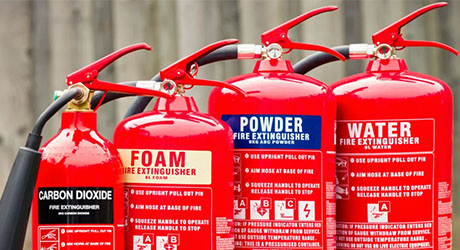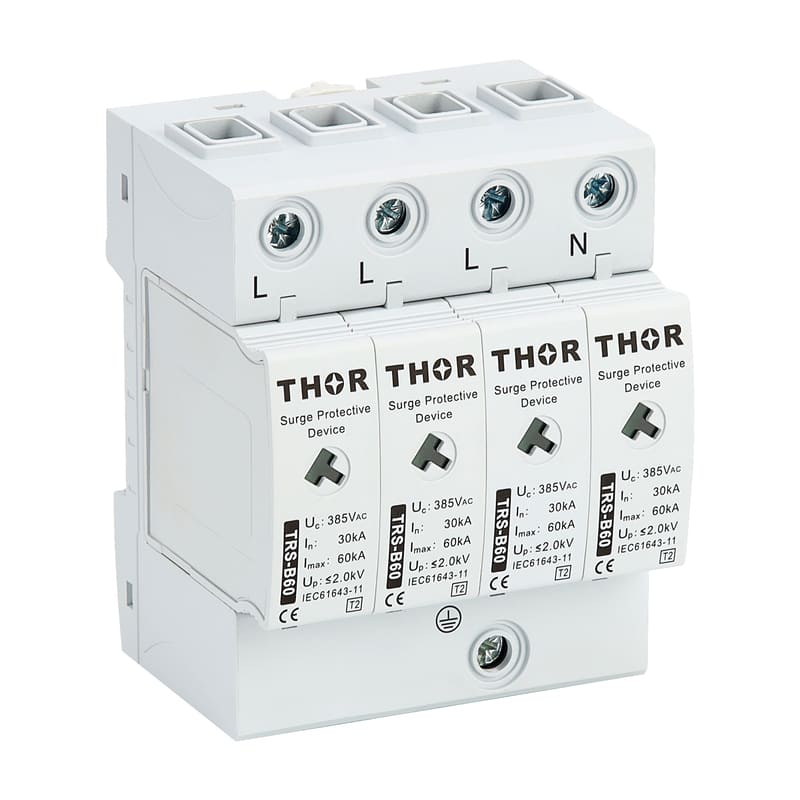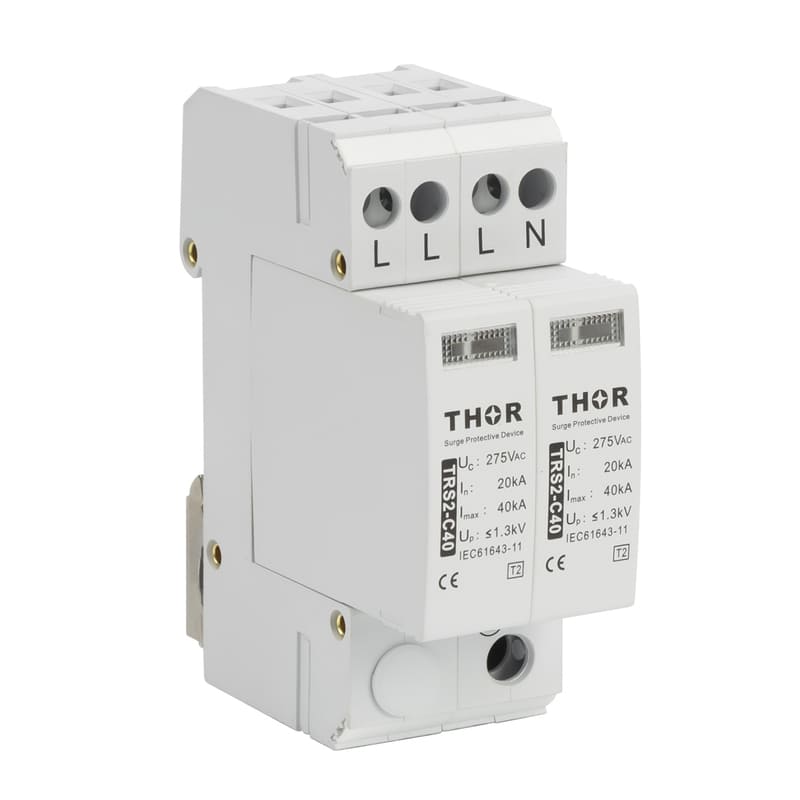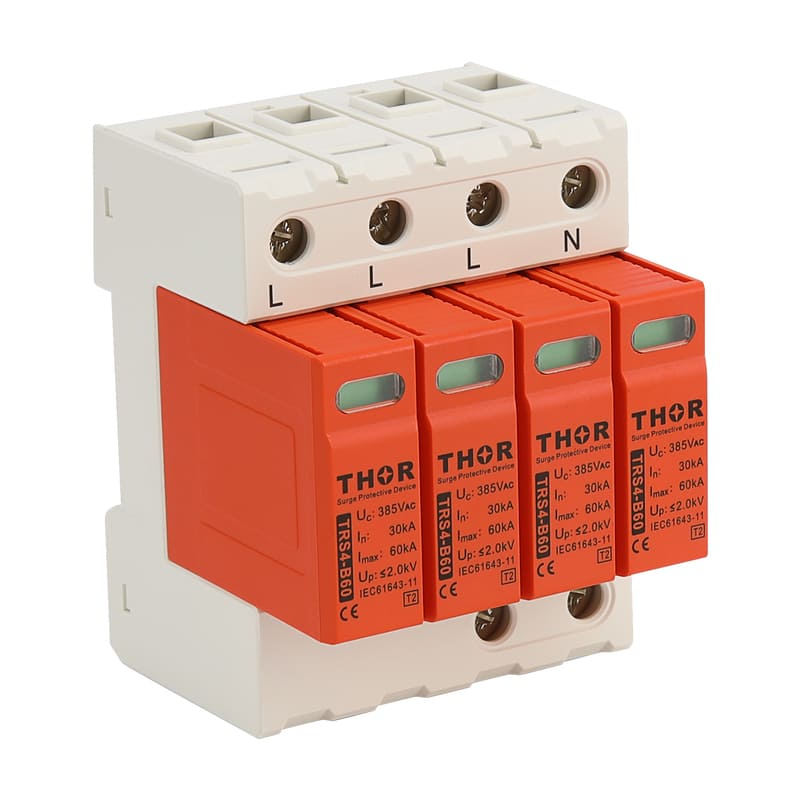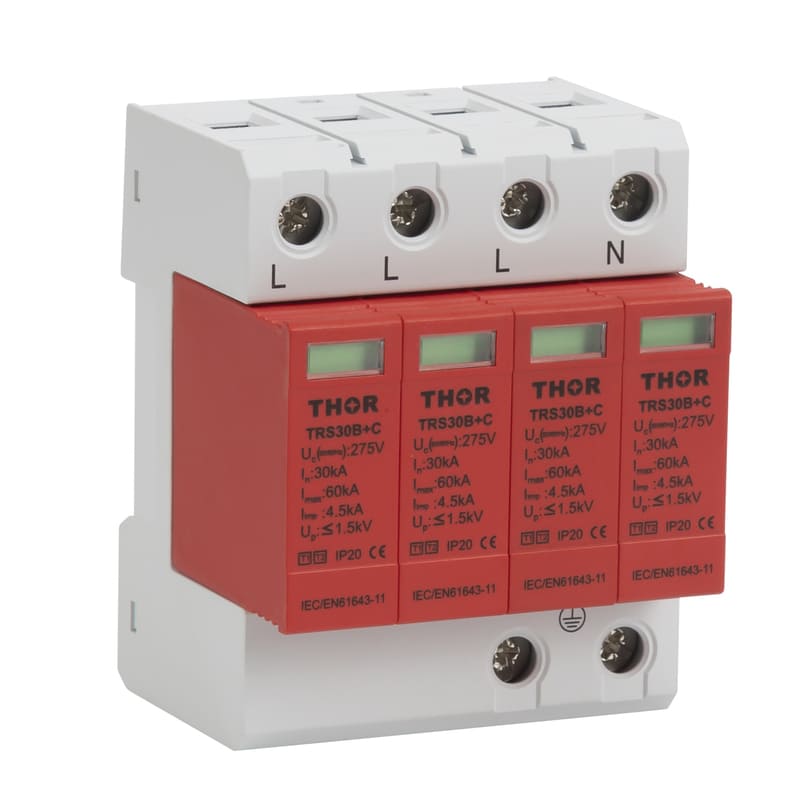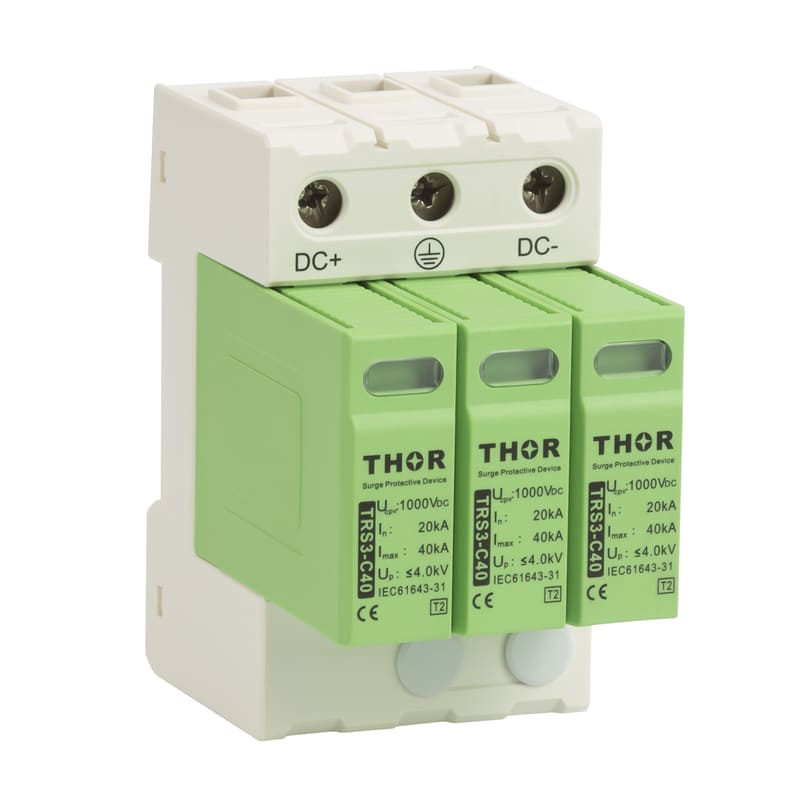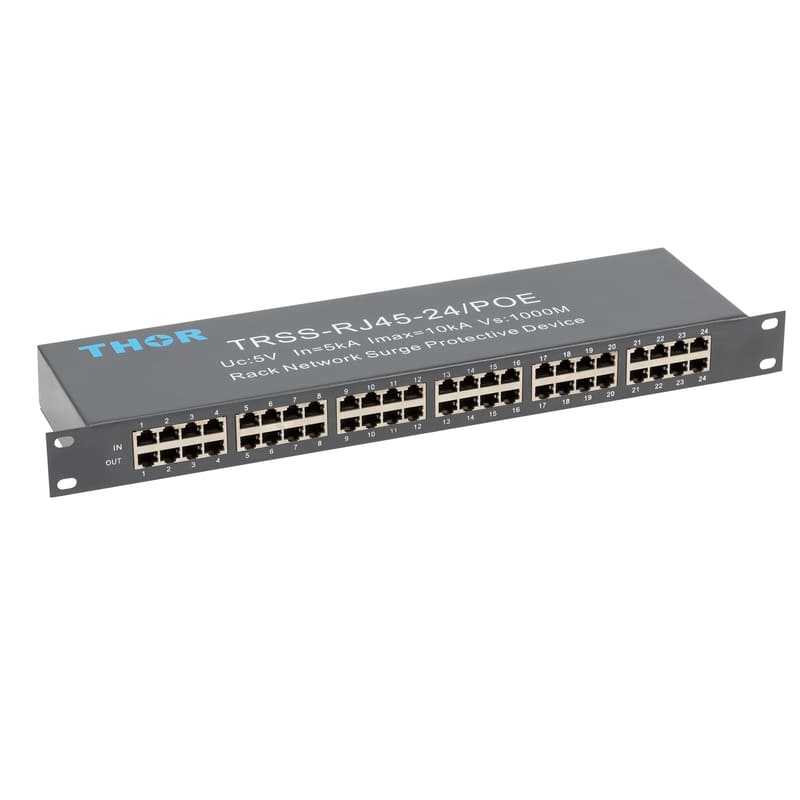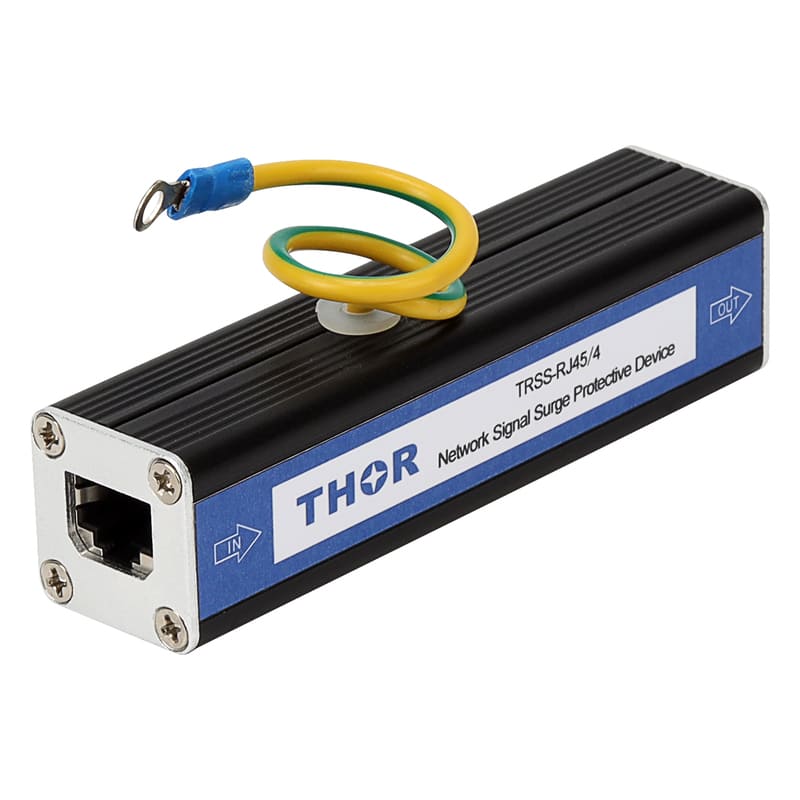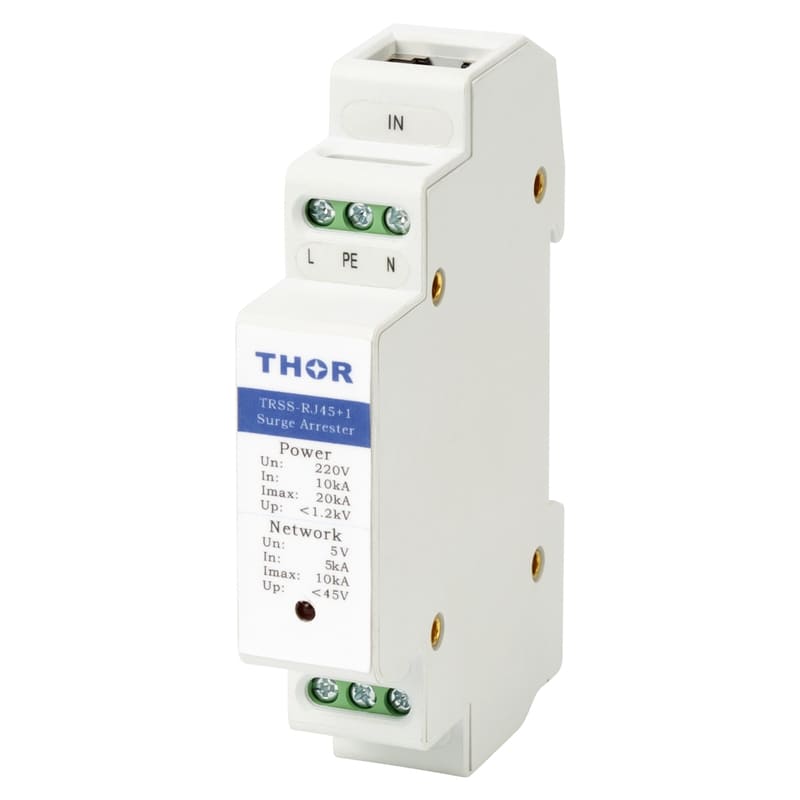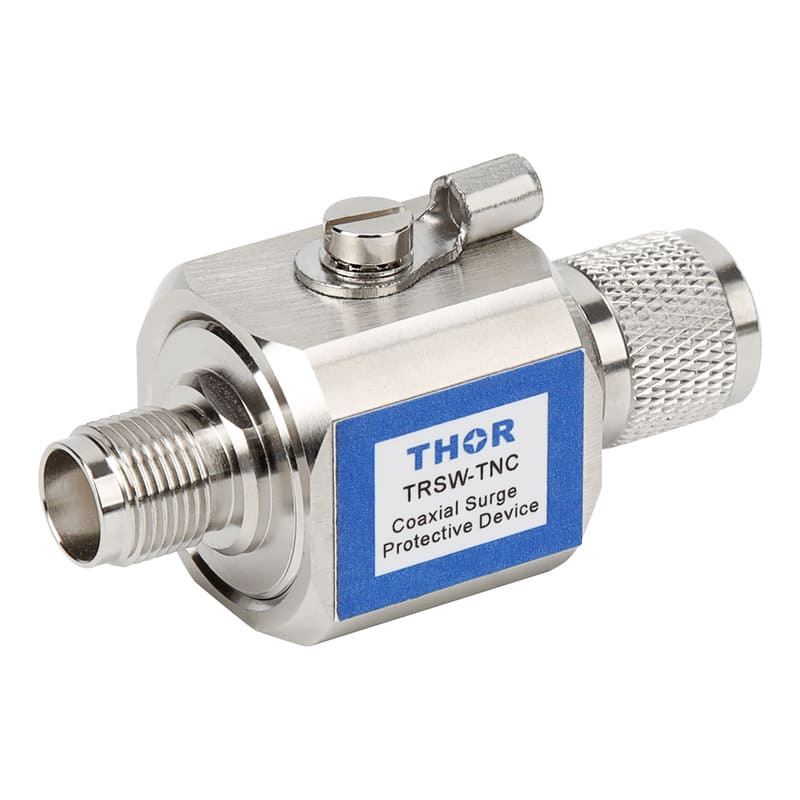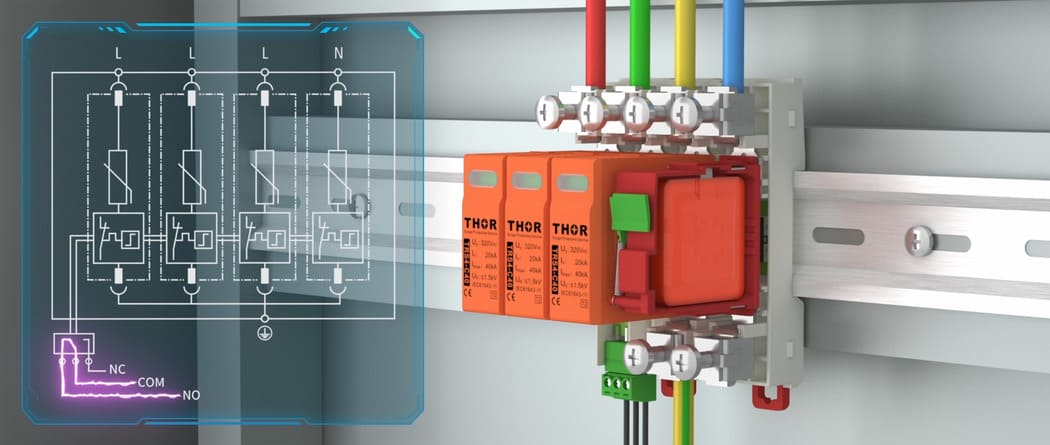
Surge Protection Devices (SPDs) are critical components in any electrical system, especially in industrial, commercial, and residential environments where sensitive equipment must be protected from unpredictable voltage spikes. One of the most important visual cues on an SPD is its indicator window—and if that window turns red, it’s a serious sign that should never be ignored.
In order to ensure the safe operation of the Surge protection device, according to international standards, the pressure-limiting Surge protection device must be configured with an external disconnector or an internal disconnector in structure, and has a state indicator of the disconnector.
In this guide, you’ll learn:
What a red SPD indicator light actually means
Common reasons why your surge protection device’s red light is on
How to respond when your SPD indicator window turns red
Best practices for maintaining and replacing your SPD
Whether you're a facility manager, engineer, electrician, or simply responsible for your electrical system, this article will help you troubleshoot your surge protection device effectively and maintain system safety.
What Does a Red SPD Indicator Window Mean?
The status indicator of the disconnector is represented by the color of the window on the Surge protection device. When the disconnector works normally, the window turns green; when the Surge protection device fails, the disconnector acts and the window turns red. The main console issues an alert for the failure of the Surge protection device.
If you see a red indicator on your surge protection device, this typically means the surge protectors has reached the end of its useful life and can no longer provide protection. Many SPDs use a visual color code:
Green: SPD is functional and protecting your system.
Red: SPD has failed or is no longer operational.
Some manufacturers may use different colors to indicate status, it is best to refer to the manual or consult the manufacturer for confirmation
This is not just a warning—it's a clear signal that your system is currently unprotected from dangerous surges. If left unchecked, equipment downstream could suffer severe damage in the next surge event.
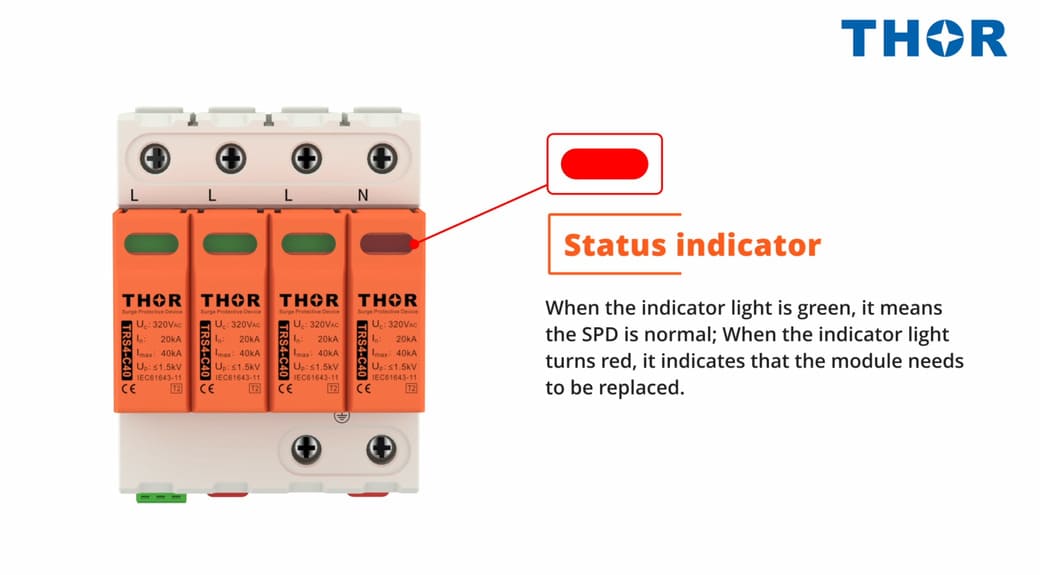
Common Causes Behind an surge protectors Red Light
If you're wondering "Why is my surge protection device red?" or "What causes SPD failure?", here are the most likely reasons:
1. High-Energy Surge Exposure
Events like lightning strikes, power grid fluctuations, or the startup of heavy-duty motors can create electrical surges strong enough to overload an SPD. The red indicator is a sign that the device has done its job—but can’t do it again.
2.Incorrect parameter selection value
The selected value of Uc of the surge protector is lower than the actual working voltage of the site, including the large interference voltage of the site for a long time, which causes the varistor of the functional element of the SPD to be in the continuous conduction process, the temperature of the element is too high, and the heat The protective disconnector is disconnected, and the window turns red.
3. Component Degradation Over Time
SPDs contain internal components like Metal Oxide Varistors (MOVs) or gas discharge tubes (GDTs) that absorb surge energy. Over time, these components degrade and eventually fail safely, triggering the red light.
4. Improper Installation or Grounding
A poorly grounded SPD or one installed incorrectly may fail prematurely. Ground resistance that’s too high can prevent the SPD from redirecting surge energy efficiently, accelerating wear.
5. Harsh Environmental Conditions
Heat, moisture, corrosion, and dust can all affect the integrity of SPD components. Devices installed in humid or outdoor environments without adequate protection will deteriorate faster.
What to Do If Your surge protection device's Red Light Is On
If you're searching for how to troubleshoot a surge protection device or what to do when the SPD indicator is red, follow these safety-focused steps:
1. Shut Off Power to the Affected Circuit
Before handling any SPD device, cut power to the panel or unit it's connected to. This ensures your safety and prevents further electrical risk.
2. Confirm the Indicator Light Meaning
Although most SPD manufacturers use green and red, some models include yellow lights or multiple indicators. Always consult the manufacturer’s manual to confirm the signal's meaning.
3. Visually Inspect the Device
Check for burn marks, bumps or ridges, cracked plastic, or melted insulation. These signs indicate internal damage and confirm that the surge protection device is no longer reliable.
4. Replace the Failed SPD Module or Unit
If you're using a modular SPD, you may only need to replace the failed module rather than the entire device. For compact, one-piece SPDs, full replacement is required. Always use a replacement that matches the original specifications.
5. Test the System After Replacement
After installing the new spd, restore power and confirm: the indicator light window returns to green, all connections are tight and secure, and the grounding system is intact.Consider surge simulation testing if your system supports it.In addition, you can also use tools such as multimeters, insulation resistance testers, and portable SPD testers to further study surge protectors testing methods.
It is very important to choose a surge protection device with the correct parameters. If the surge protection device works in a power system that does not match the actual situation due to incorrect selection of surge protection device parameters, it will accelerate the thermal separation of the surge protection device and cause the surge protection device to fail.
Even if the main console receives a change in the remote signal output state and the on-site personnel replace the surge protection device module, if the replaced module still maintains the original parameters, its service life will still not be long.
Therefore, it is very important to choose a SPDs with the correct parameters. If you are still not sure how to choose, please contact us, and our professional team will analyze for you what parameters the surge protection device should be equipped with under different on-site environments.
Preventing Future SPD Failures: Maintenance Tips
Want to avoid frequent replacements and unexpected failures? Here's how to keep your surge protection system working effectively:
Inspect indicator windows monthly, especially after electrical storms.
Log all maintenance and replacement events for traceability.
Use SPDs with remote alarms for large or mission-critical systems.
Ensure your grounding resistance is below recommended th
For commercial and industrial environments, surge protection isn’t just an option—it’s a critical part of system uptime and equipment reliability. If your SPD shows red, don’t wait. Take action now.
Summary of the problem
Q: Why is my SPD indicator light red?
A: It typically means the device has failed and needs to be replaced. Your system is currently not protected from surges.
Q: Can I still use the surge protection device if the red light is on?
A: No. Once the SPD has failed, it cannot suppress surges and should be replaced immediately.
Q: How often should SPDs be inspected?
A: Monthly inspections are recommended, or after any thunderstorm or known surge event.
Q: Can I just replace the SPD module instead of the whole unit?
A: Yes—if your SPD is modular. For non-modular models, a full replacement is necessary.

